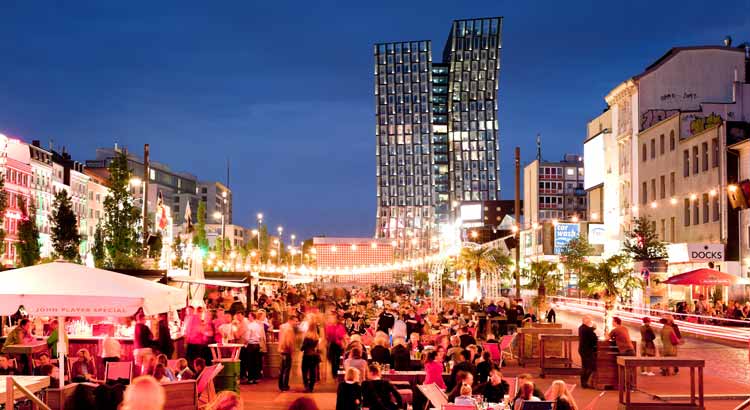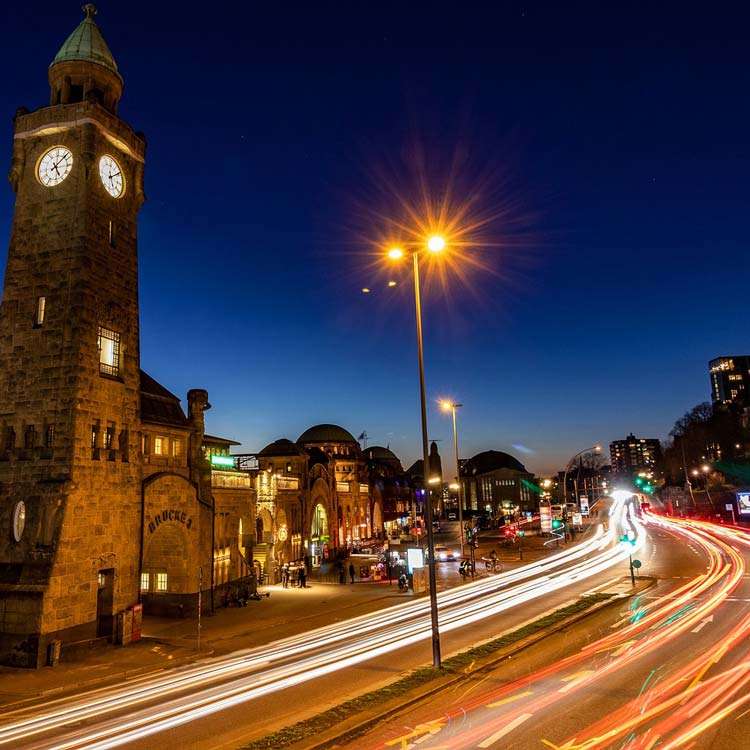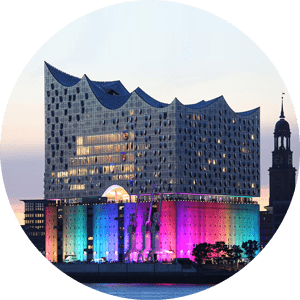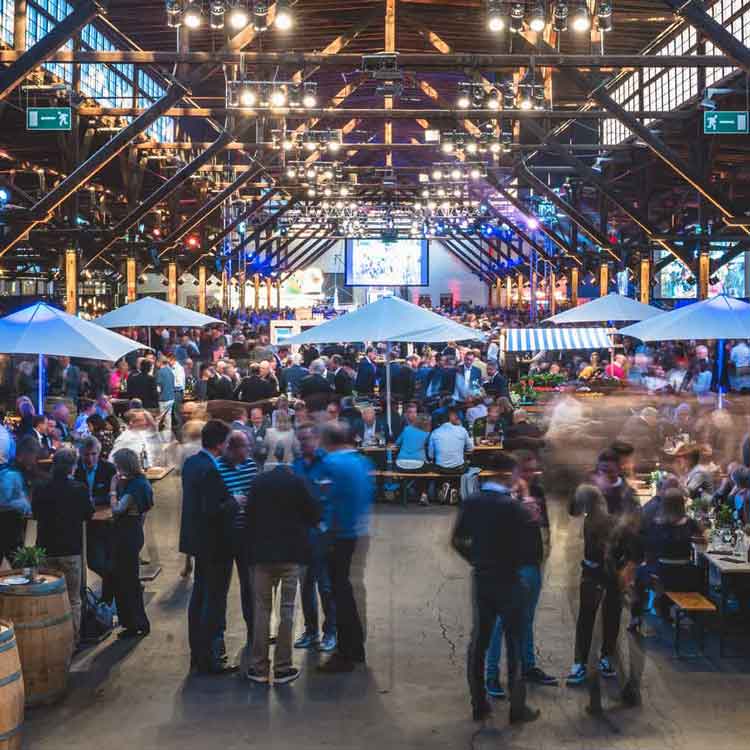Hamburg
Livable metropolis on the water
© Karsten Bergmann/pixabay

At home in the north of Germany
Hamburg is the second largest city in Germany and the largest city in Europe that is not a capital city. Located in the north of Germany, Hamburg is a city defined by water. Of course, as a Hanseatic city, Hamburg is characterised by the port and trade; the river Elbe is the city’s lifeline.
And water is also predominant in the normal cityscape. Numerous canals and waterways criss-cross Hamburg, creating an image that exudes a certain Hanseatic calm. In Hamburg, everything is in motion, everything is in flux.
In the immediate vicinity of Hamburg, you will find both the North Sea and the Baltic Sea within short distance. All the components that make up northern Germany can be found here: vast landscapes, wind and water. Also nearby is the capital Berlin, which can be reached by train in under two hours.
© Mediaserver Hamburg / Doublevision
Green metropolis with short distances
When you hear the word “metropolis”, you think of many things, but not that a metropolis with a population of around 1.8 million is a very green city. Hamburg proves, that this is very much possible. Numerous inner-city parks and a cityscape lined with trees create a sense of well-being and are an elementary component of the quality of life that defines the city. In addition, Hamburg is a city of short distances . In the city centre you can reach almost everything on foot and find many tourist highlights and shopping opportunities very close to the centre. Actually, you don’t need a car in Hamburg. An excellently developed public transport network and offers like the ” city bike ” make it possible to explore almost the entire city in a short time – completely car-free.
Mobility
Tips for travelling to Hamburg and in Hamburg
© Mediaserver Hamburg / Jörg Modrow

Culture, vibrant scenes & shopping

Science & Economy
As a Hanseatic city, Hamburg’s history is naturally strongly linked to trade. Even in Hanseatic times, Hamburg was a transhipment point for goods such as spices or coffee. Even today, the city at the river Elbe is one of the most important transhipment and port centres for trading international goods.
Globally active companies such as Beiersdorf, Otto, Steinway or Montblanc have their headquarters in Hamburg and these are just a few names of companies based in Hamburg. However, Hamburg is not only a business metropolis, but also a science metropolis. More than 20 universities are based in Hamburg.
The largest of these is the University of Hamburg, which alone has over 40,000 students. In Hamburg, science links with business. There are numerous points of contact. This is also an exciting facet for the meeting destination.
Hamburg is a city that offers ideal conditions for MICE planners. Be inspired by the other facets of Hamburg and get to know the city’s highlights and the congress metropolis Hamburg.


